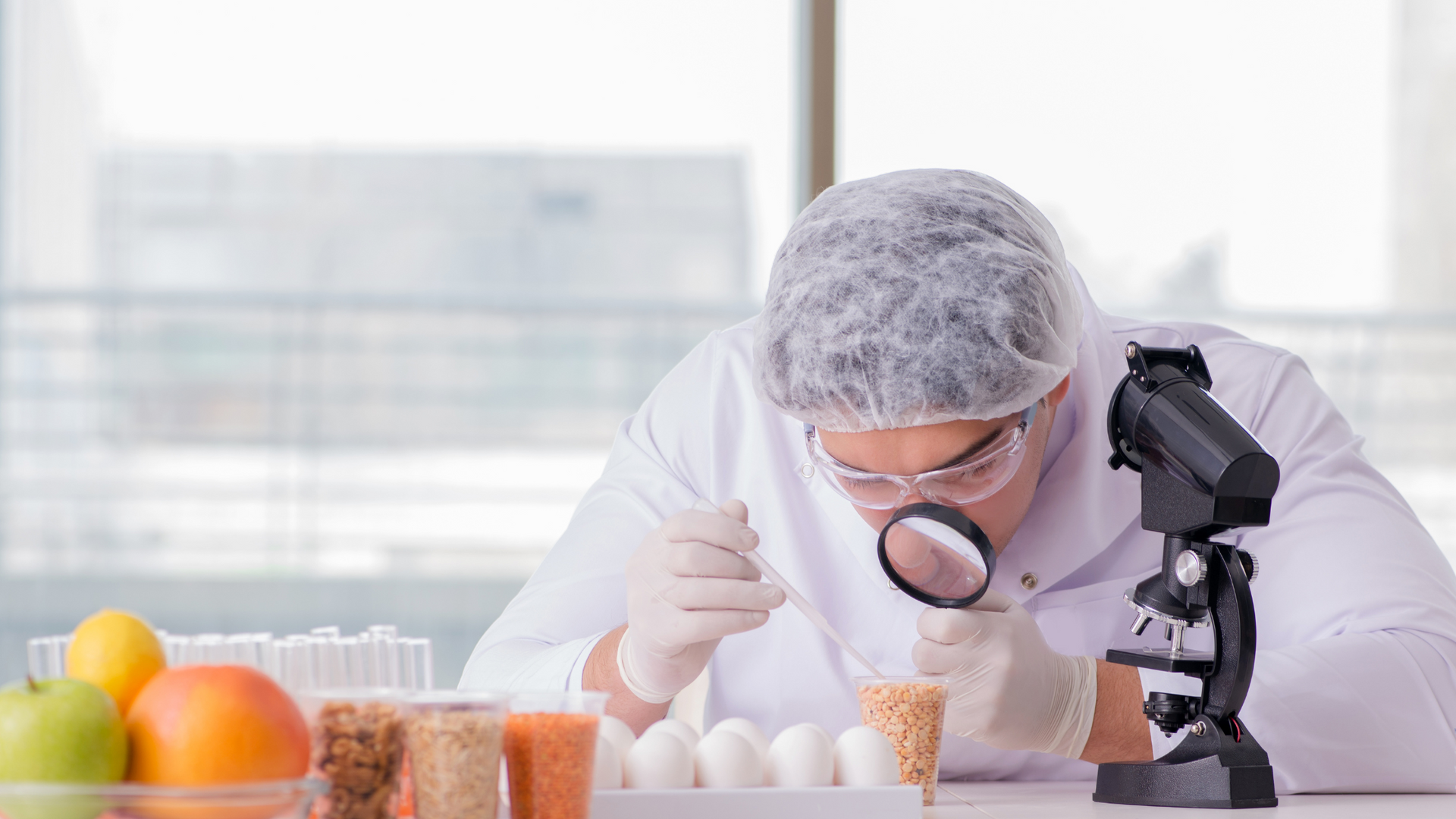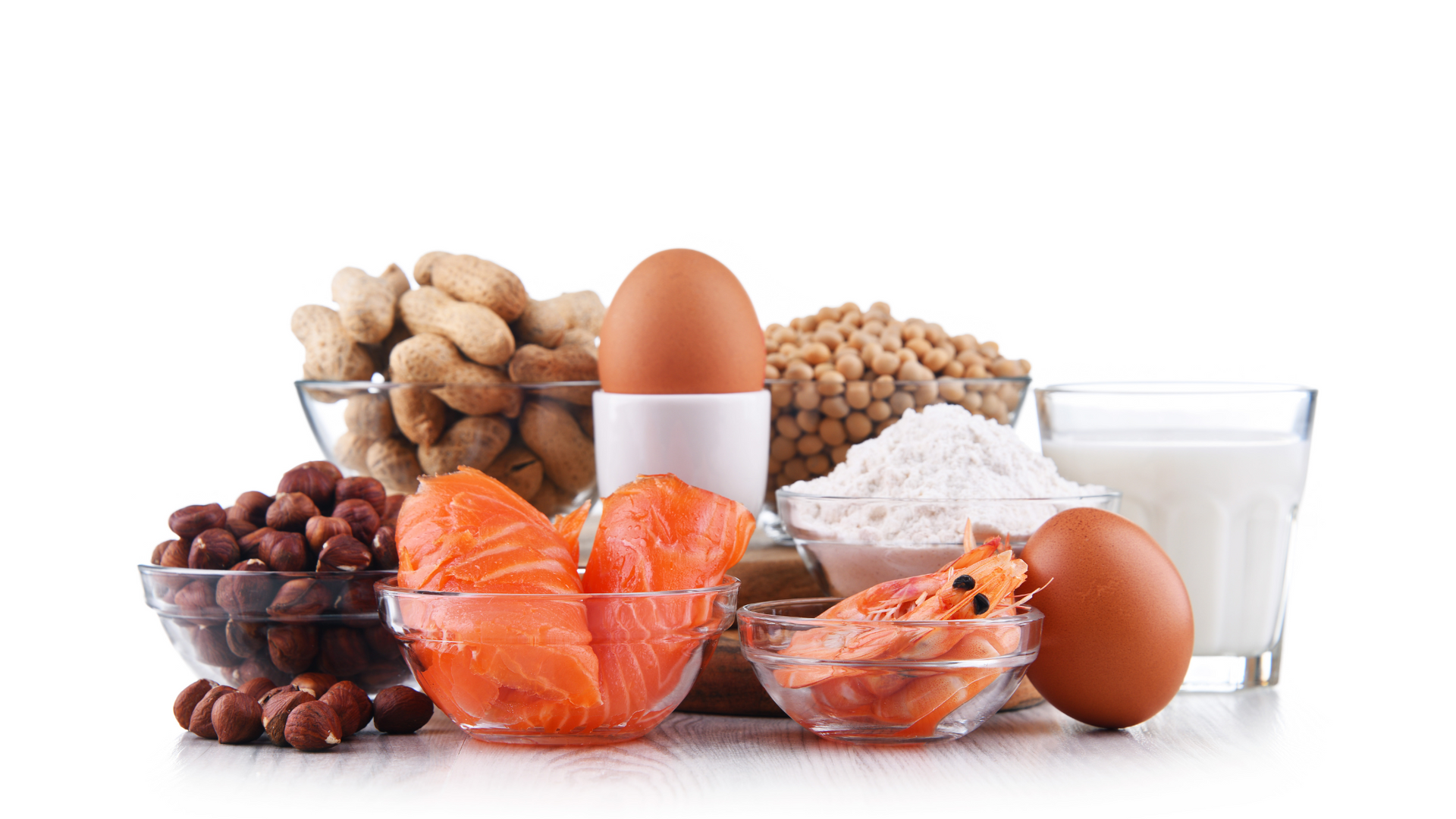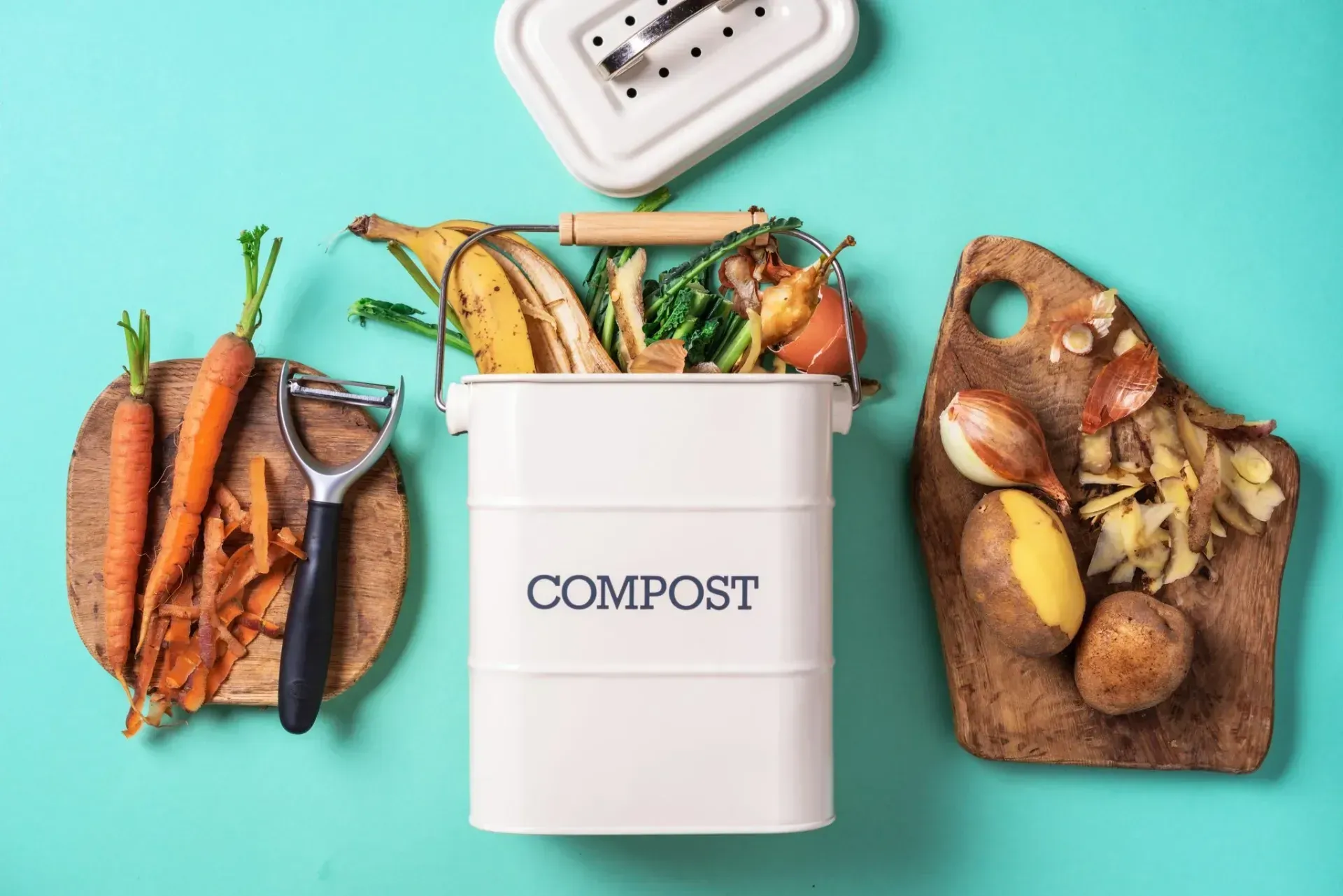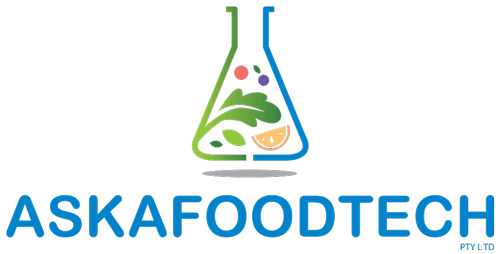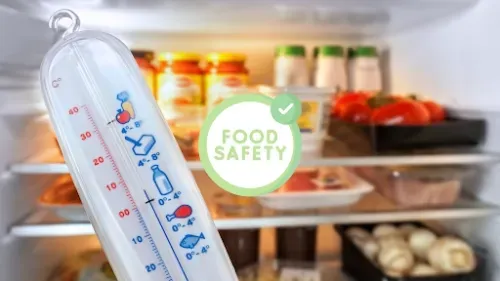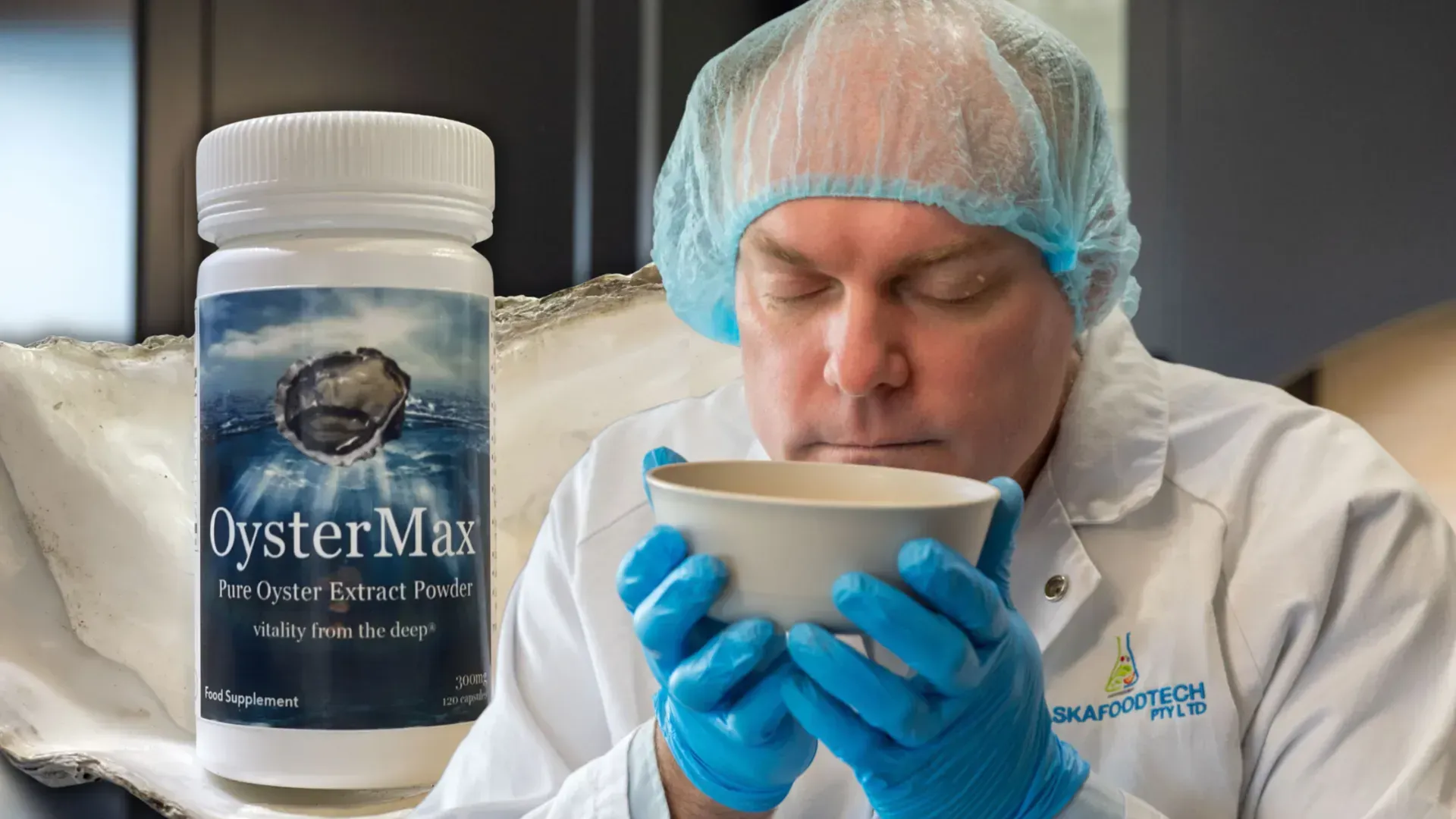Cleaning vs. Sanitising: Knowing the Difference and Why It Matters for Food Safety
For any food business, ensuring the safety of your products is paramount. It’s not just about compliance; it’s about protecting your customers, safeguarding your brand, and building trust. And at the heart of this protection lies a critical distinction that often gets blurred: the difference between cleaning and sanitising.
At ASKAFOODTECH, we frequently encounter confusion around these terms. Many believe they're interchangeable, but they serve distinct purposes in your food safety regimen. Understanding and correctly applying both is non-negotiable for a hygienic and compliant operation.
What is Cleaning?
Think of cleaning as the first, essential step. It’s about removing visible dirt, food residues, grease, and other debris from a surface. This process typically involves:
- Physical action: Scrubbing, wiping, brushing.
- Detergents: Soaps or chemical cleaners designed to break down fats and loosen soil.
- Water: To rinse away the loosened dirt and cleaning solution.
Why is cleaning crucial? Because you can't effectively sanitise a dirty surface. Organic matter (like food scraps) can protect microorganisms from sanitiser, rendering the sanitising step ineffective. As Food Standards Australia New Zealand (FSANZ) states, "Surfaces must be cleaned before they are sanitised" (Food Standards Australia New Zealand, n.d., p. 116).
What is Sanitising?
Once a surface is visibly clean, then comes sanitising. This step is about reducing the number of harmful microorganisms (like bacteria, viruses, and fungi) to a safe level, without necessarily killing all of them. Sanitising is achieved through:
- Heat: Using hot water or steam (e.g., dishwashers at high temperatures).
- Chemicals: Applying approved sanitising solutions (e.g., chlorine-based, quaternary ammonium compounds).
Why is sanitising vital? Because even a visually clean surface can harbour millions of invisible pathogens. Sanitising targets these unseen threats, preventing them from contaminating food. It's your last line of defence against foodborne illness on surfaces.
The Critical "One-Two Punch" for Food Safety
Imagine your food preparation surfaces, equipment, and utensils. If you only clean them, you might remove the sticky mess, but invisible bacteria could still be waiting to transfer to your next batch of food. If you only sanitise a dirty surface, the sanitiser won't be able to reach and kill the microbes effectively.
This is why cleaning and sanitising must always work in tandem – a "one-two punch" for optimal food safety:
- Clean First: Remove all visible soil and debris.
- Sanitise Second: Reduce the invisible microbial load to safe levels.
This sequential approach is not merely a best practice; it's a regulatory expectation. Food businesses in Australia are required by the Food Standards Code to ensure that "food contact surfaces are effectively cleaned and sanitised" (Food Standards Australia New Zealand, n.d.-b, Clause 19).
The ASKAFOODTECH Advantage: Expert Guidance for Your Hygiene Program
Implementing an effective cleaning and sanitising program can be complex, especially with diverse equipment, various surfaces, and specific product requirements (like allergen management). Factors like choosing the right detergents and sanitisers, correct concentrations, contact times, and staff training all play a crucial role.
At ASKAFOODTECH, we help Australian food businesses navigate these complexities.
Conclusion
In the competitive food industry, shortcuts are never an option when it comes to safety. The distinct, yet interdependent, processes of cleaning and sanitising form the bedrock of a safe food environment. By understanding their unique roles and implementing them diligently, your business not only meets regulatory requirements but also builds a reputation for excellence and reliability. Don't leave food safety to chance; invest in practices that protect your consumers, your brand, and your bottom line.
References
Food Standards Australia New Zealand. (n.d.). Safe food Australia: A guide to the food safety standards (Chapter 7: Cleaning & Sanitising, p. 116). Retrieved from https://www.foodstandards.gov.au/publications/Pages/Safe-Food-Australia.aspx
Food Standards Australia New Zealand. (n.d.-b). Australia New Zealand Food Standards Code – Standard 3.2.2 – Food safety practices and general requirements (Clause 19). Retrieved from
https://www.foodstandards.gov.au/code/Documents/3-2-2.pdf

About the Author:
Stewart Eddie (Bapp Sc Food Science & Technology) is Director and Principal Food Tech at ASKAFOODTECH PTY LTD; a food technology consulting company that inspires, educates, and serves food producers with an ambition to grow and manage risk. Living with a severe food allergy and being a food technologist, Stewart is uniquely placed to help your food manufacturing business with your allergen management planning. If you would like more information on the services that ASKAFOODTECH PTY LTD can provide, please
contact us.
